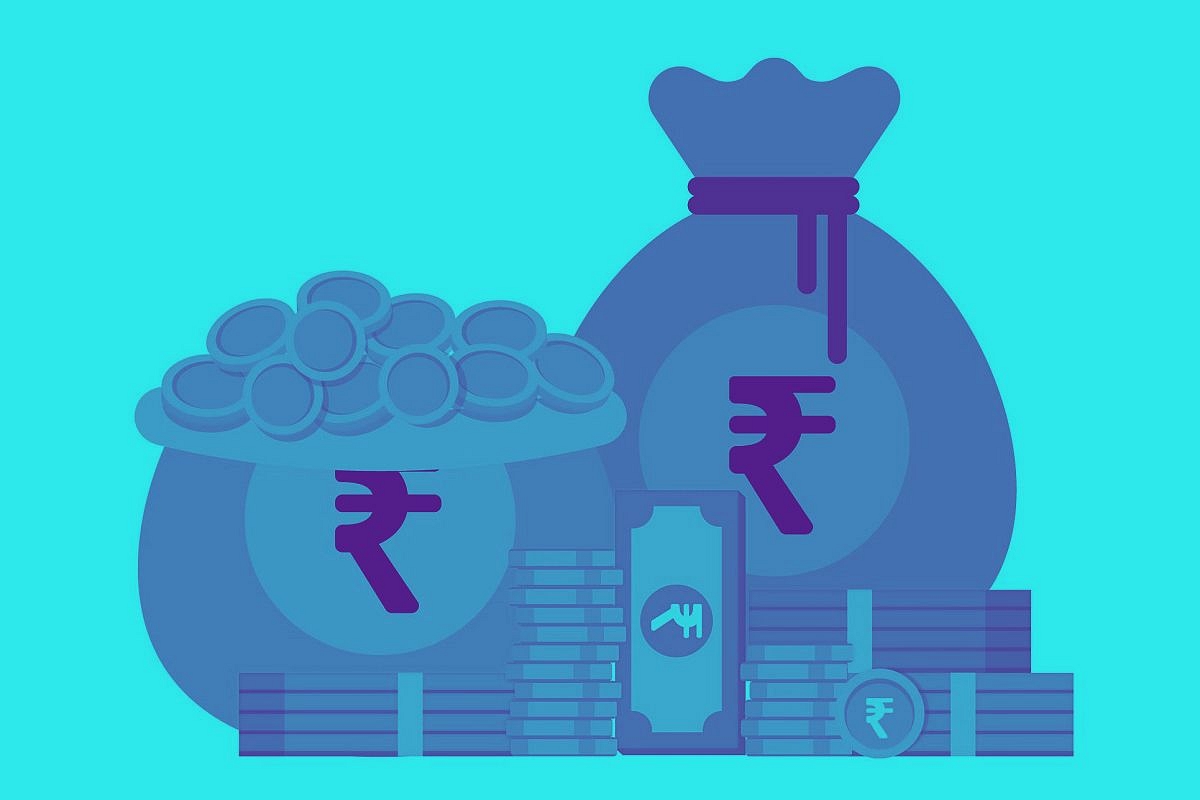Economy
Why The Government Must Step up Subsidy Reforms
- India's massive subsidy system is in need of urgent reforms to help deserving beneficiaries and remove inefficiencies.

Subsidy benefits. (Representative Image)
India’s subsidies system is possibly the largest globally, in terms of volume and number of beneficiaries. It has helped sustain the bottom strata of Indian society and continues to provide much-needed relief to crores.
On the other hand, the system has become unwieldy with many intermediary layers, leading to significant loss and wastage. The direct benefits transfer (DBT) framework, developed over the India Stack, has helped address some of this, with an estimated Rs 2.2 lakh crore in savings over DBT’s lifetime. The question is, can the taxpayer-funded subsidy system be made more efficient and straightforward? Especially with the tech platforms available today?
First, let’s analyse the quantum of subsidies in each budget from financial year (FY) 2019 to FY 22, as shown in the table. Total subsidies include those delivered by the Union, state and Union Territories, as well as cross-subsidies.
The total quantum has steadily increased from Rs 5.6 lakh crore in FY 19 and Rs 6.2 lakh crore in FY 20 to a peak of Rs 11.5 lakh crore in FY 21 — due to pandemic- and lockdown-related spending and a one-time spike in food subsidies due to the takeover of National Small Saving Fund (NSSF) borrowings by the Food Corporation of India (FCI).
In FY 22, total subsidies are estimated at Rs 8.8 lakh crore, including increased subsidies during the lockdown in the first quarter (Q1). However, these amounts do not include DBT and Mahatma Gandhi National Rural Employment Guarantee Act (MGNREGA), even though many DBT payments and MGNREGA can be classified as subsidies. India clearly, channels a significant part of taxes towards subsidies.
As a percentage of gross domestic product (GDP), the total subsidies have increased from 3 per cent in FY 19 and 3.1 per cent in FY 20 to 5.8 per cent in FY 21 and 3.8 per cent in FY 22.
Interestingly, GDP has grown by 7 per cent compound annual growth rate (CAGR) from Rs 190 lakh crore in FY 19 to Rs 232 lakh crore in FY 22. Per-capita GDP has increased by 6 per cent CAGR in the same period. On the other hand, per-capita subsidies have grown at a whopping 15.3 per cent CAGR in the same period.
The per-capita subsidies, estimated for the 70 per cent of the population that receive subsidies (as seen from Pradhan Mantri Garib Kalyan Yojana or PMGKY and other schemes), have increased from Rs 6,033 in FY 19 and Rs 6,661 in FY 20 to Rs 8,456 in FY 21 and Rs 6,473 in FY 22. Consider that these subsidies do not include DBT, whose quantum has also increased. It implies that many people are receiving subsidies via multiple avenues, perhaps without needing it.
Both the central and state governments have to undertake a massive exercise and identify the deserving beneficiaries, remove people receiving multiple subsidies under different names, and move a majority of the subsidy payments, including for food, to DBT to reduce inefficiencies. The Aadhaar is already available as a key identifier to match all beneficiaries against and ensure only the deserving candidates continue receiving them.
The new subsidies monitoring system also needs a mechanism that automatically eliminates current beneficiaries, who obtain jobs in the government, parastatals, or the private sector providing ESI or EPF benefits. It stands to reason that with India’s economic growth and 70+ years of subsidies, it cannot be that 70 per cent of the population will always require subsidies. These are only temporary measures to help those in need until they can stand on their own feet.
Reducing the quantum of subsidies by ensuring only the deserving receive them will free up large pools of capital to invest in the health and education sectors.
The pandemic has thrown into sharp relief that there is inadequate health infrastructure, particularly in the rural areas. Each district requires a multidisciplinary hospital, and every taluk and tehsil needs a primary healthcare centre to ensure coverage of India’s nearly 1.4 billion citizens.
Quality education, too, must reach all of the nation’s young population, particularly those children whose parents currently depend on subsidies, so that they can break free from the reality their parents were born into. Reducing the overspending on subsidies gives the government the cushion to focus on building India’s future and ensuring every Indian can participate in the best health.
This article first appeared here.
Introducing ElectionsHQ + 50 Ground Reports Project
The 2024 elections might seem easy to guess, but there are some important questions that shouldn't be missed.
Do freebies still sway voters? Do people prioritise infrastructure when voting? How will Punjab vote?
The answers to these questions provide great insights into where we, as a country, are headed in the years to come.
Swarajya is starting a project with an aim to do 50 solid ground stories and a smart commentary service on WhatsApp, a one-of-a-kind. We'd love your support during this election season.
Click below to contribute.
Latest